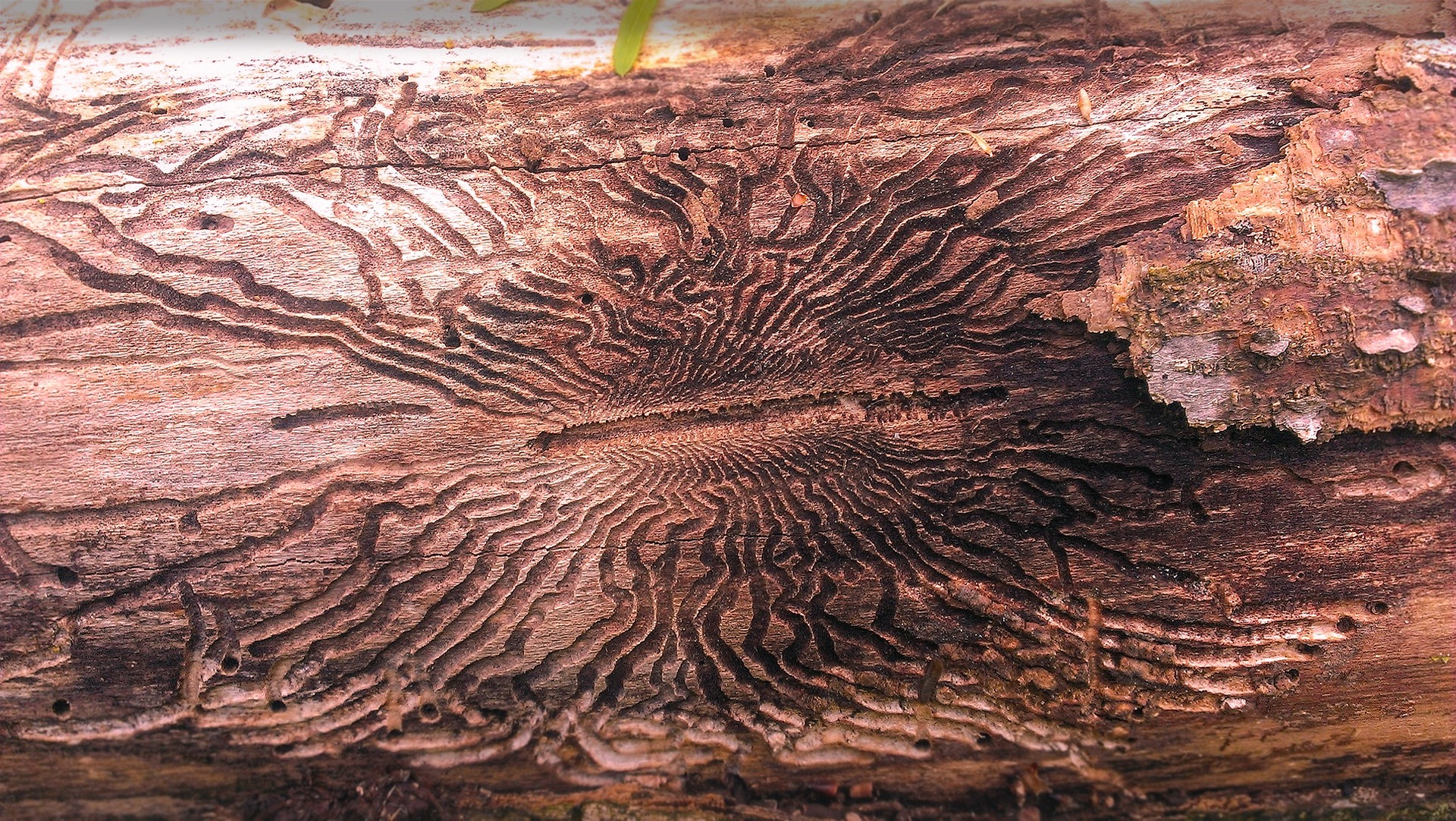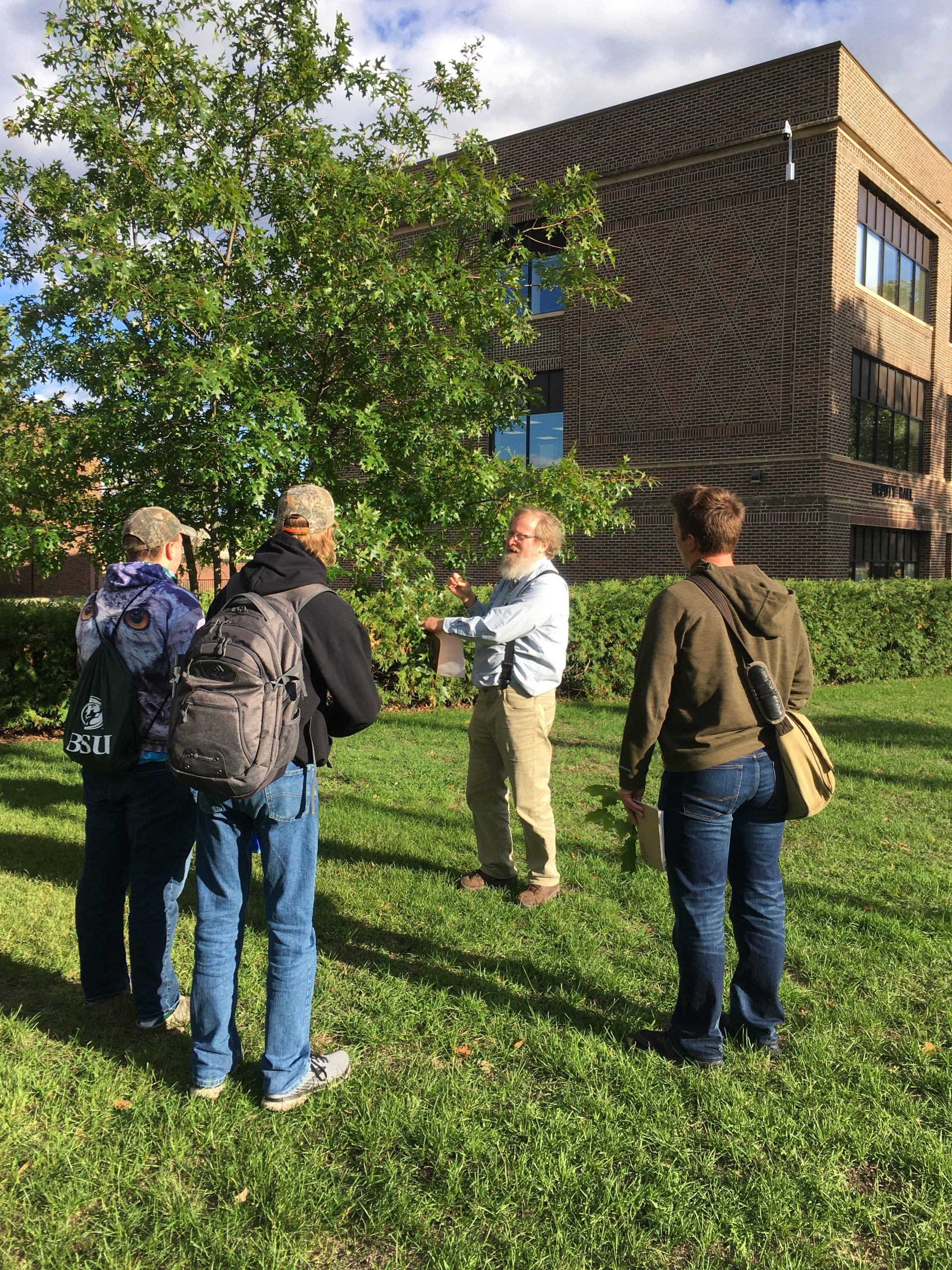In the last year, the city of Mahnomen, Minnesota, has faced the oncoming threat of an invasive species that attacks and feeds on trees within the area. What began as a coalition between the city and the Minnesota Department of Natural Resources soon grew into a larger project as Bemidji State University students and faculty stepped in to help.
The emerald ash borer – an invasive, exotic beetle that was first discovered in the United States in 2002 – specifically targets ash trees, which make up a significant part of the Mahnomen’s tree ecosystem. In the Fall of 2021, BSU students and faculty set out on an extensive risk assessment to the area’s canopy and tree population.

To assess the threat of the species, students used geographic information systems, a software system used to create, manage and store geographic data for analysis and visualization, to create a detailed inventory of tree species and their location. Each tree was recorded and presented in a mapping system that helped illustrate areas that faced the highest risk. They also recorded details about each tree’s diameter and physical condition.

“This was a wonderful opportunity for students to step outside of the classroom,” Dr. Samantha Jones, assistant professor of geography, said. “It allowed them to utilize the skills that they have learned in a real-life situation.”
The eight students engaged in the project also experienced the added benefit of being hired by the city, Jones said.
“The students were actually hired for this work by the city as independent contractors, so they also earned a little income,” she said.
Faculty members worked closely alongside students to provide resources for research and data collection. Max Tostenson, a junior environmental studies major from Perham, Minnesota, said he was grateful to get into the field.
“This project was awesome,” he said. “I never knew a lot of these trees and I gained a lot of valuable experience.”

Bemidji State’s Dr. Mark Fulton, professor of biology, later became involved in the project by providing training sessions to familiarize students with the various species of trees they would encounter throughout the region. He also worked to create a number of identification resources for students to use in their research.
In preparation for project, Jones created a custom and interactive app that would be used by students to record data. She trained students on how to use the app to record the extensive data that they were recording.
“While complex, the data collection process became more accessible with much of our resources being accessed through our smartphones,” Jones said.
The data collected in the project will be used to specify areas that need to be observed closely as ‘high-risk’ areas for emerald ash borer damage. The information that is presented within the GIS system will also help the city of Mahnomen have a better understanding of its landscape in terms of their tree population.
Contact
- Dr. Samantha Jones, assistant professor of geography, samantha.jones@bemidjistate.edu
- Dr. Mark Fulton, professor of biology, mark.fulton@bemidjistate.edu
Links
2022-B-083
